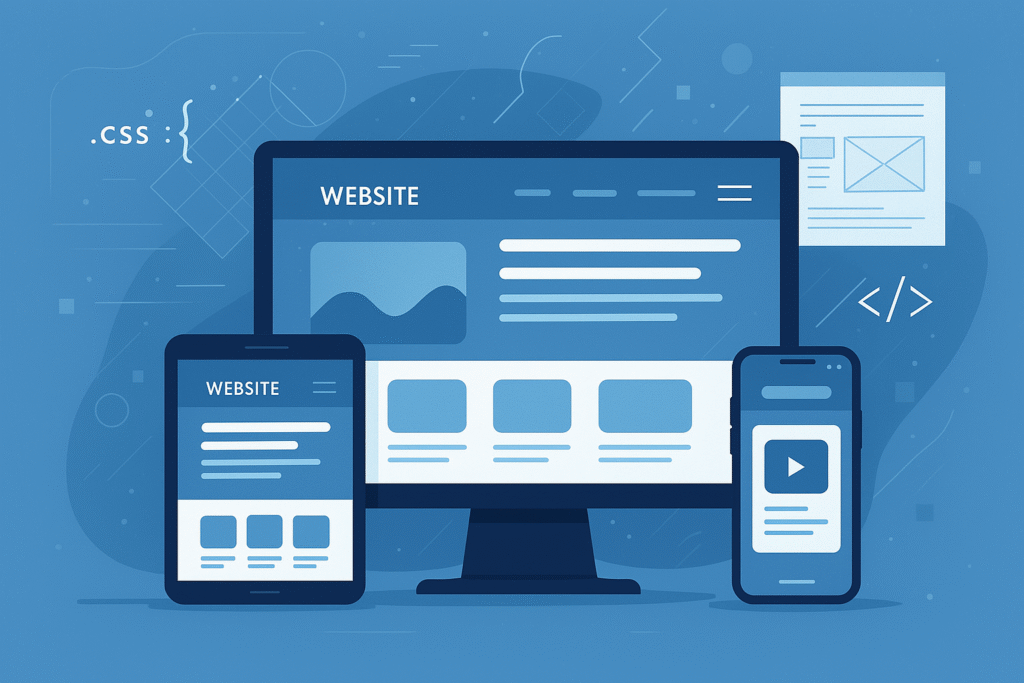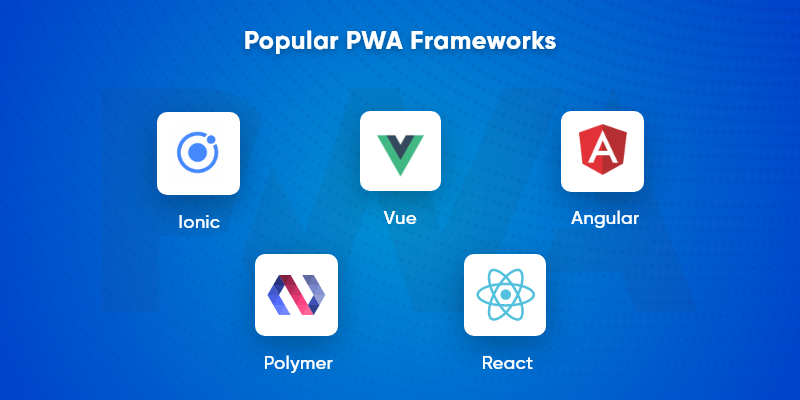In an age where the first impression of your business is almost always your website, the significance of professional web design and development cannot be overstated. Whether you’re a startup, a local business, or a global enterprise, having a well-crafted online presence is no longer optional—it’s essential. For web design and development companies, helping businesses thrive online is both an art and a science, blending creativity with technical expertise to deliver powerful digital experiences.
The Evolving Digital Landscape
The internet has fundamentally changed how we interact, shop, learn, and conduct business. With over 4.5 billion people using the internet globally, your website is the gateway to reaching a vast audience. However, simply being online isn’t enough. With millions of websites vying for attention, standing out requires a strategic approach to both design and development.
Why Web Design Matters
Web design is your brand’s visual voice. It’s about much more than aesthetics—it’s about communicating your values, building trust, and guiding visitors toward action. Here’s why professional web design is crucial:
1. First Impressions Count
Studies show that users form an opinion about a website within the first 0.05 seconds. A dated, cluttered, or confusing website can drive potential customers away before they even read a word. Professional designers ensure your site has a modern, clean, and engaging look that resonates with your target audience.
2. User Experience (UX) is Key
A great website is intuitive and easy to navigate. Poor navigation, slow load times, or unresponsive layouts frustrate users and lead to higher bounce rates. Expert web designers prioritize user experience, creating clear pathways for visitors to find what they need effortlessly.
3. Mobile Responsiveness
With mobile devices accounting for more than half of global web traffic, a responsive design that adapts seamlessly to different screen sizes is essential. Professional design ensures your website looks and functions perfectly on any device, enhancing accessibility and engagement.
4. Brand Consistency
Your website should be a cohesive extension of your brand. Consistent use of colors, fonts, and imagery strengthens your identity and makes your business memorable. Design professionals help translate your brand guidelines into a visually compelling digital experience.
The Role of Web Development
While design sets the stage, development brings your website to life. Modern web development involves much more than coding—it’s about building fast, secure, and scalable solutions tailored to your business needs.
1. Custom Functionality
Every business is unique, and so are its requirements. From e-commerce capabilities to booking systems, membership portals, or interactive dashboards, skilled developers can create custom features that set your site apart from the competition.
2. Performance Optimization
A beautiful website is worthless if it’s slow or unreliable. Users expect pages to load within two seconds or less, and search engines prioritize speedy sites in their rankings. Professional developers use best practices to optimize images, minimize code, and ensure blazing-fast load times.
3. Security Matters
Cybersecurity threats are a major concern for online businesses. Professional web development includes implementing robust security measures, from SSL certificates to secure payment gateways and regular updates, safeguarding your site and your customers’ data.
4. SEO-Friendly Structure
A well-developed website is structured for search engine optimization (SEO) from the ground up. Clean code, proper heading hierarchies, and optimized metadata help search engines crawl and index your site effectively, driving more organic traffic your way.
The Collaborative Process
Successful web projects are the result of close collaboration between designers, developers, and clients. Here’s an overview of a typical workflow in a professional web design and development company:
- Discovery and Strategy: Understanding the client’s goals, target audience, and competition.
- Design and Prototyping: Creating wireframes and design mockups for feedback and approval.
- Development: Translating designs into functional websites, ensuring responsiveness and accessibility.
- Testing and QA: Rigorous testing across browsers and devices to catch bugs and optimize performance.
- Launch and Support: Deploying the site and providing ongoing maintenance and support.
The Value of Ongoing Support
The digital world is constantly evolving, and so should your website. Ongoing maintenance ensures your site stays secure, updates with the latest technologies, and adapts to changing user expectations. Professional web agencies offer support packages that include security updates, content changes, and performance monitoring, so you can focus on running your business.
Choosing the Right Web Design and Development Partner
With so many agencies out there, selecting the right partner is crucial. Look for a company with a strong portfolio, transparent processes, and a proven track record of delivering results. Communication is key—choose a team that listens to your needs, explains technical concepts clearly, and values collaboration.
Conclusion
A professional website is an investment in your business’s future. It’s your most powerful marketing tool, your digital storefront, and often the first point of contact with potential customers. By partnering with an experienced web design and development company, you gain access to the expertise, creativity, and technical know-how needed to stand out in a crowded digital landscape.
Ready to elevate your online presence? Contact us today to discover how our web design and development services can help your business grow, engage, and succeed in the digital age.
By Digital WebXpert, your trusted partner in web design and development.



